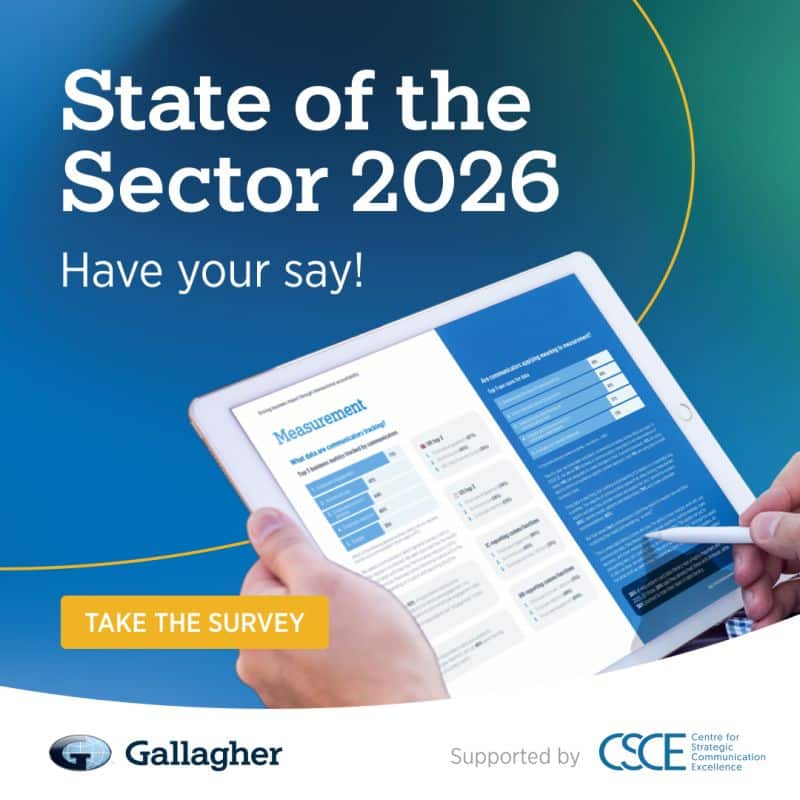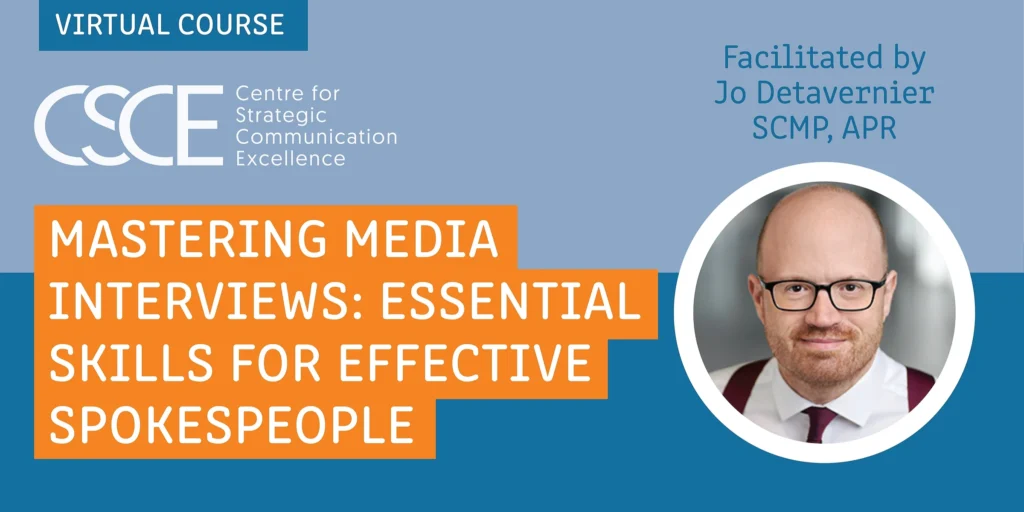“Employers would like employees to have an emotional engagement with the brand, who ‘go the extra mile’ and who deliver discretionary effort on a regular basis. Given that many jobs now require employees to generate intellectual and social capital and not just give their labour, the relationship is much more complex than when manufacturing jobs dominated western economies.”
Professor Anne Gregory PhD, FCIPR, CIPR
Former Chair, Global Alliance for Public Relations and Communication Management Chair of Corporate Communication, University of Huddersfield, UK
To say that Professor Gregory is an accomplished and experienced communication professional is an understatement. Anne Gregory is not only a communication practitioner, she leads the corporate communication faculty at Huddersfield, a highly-respected university. She is also leading a major project for the Global Alliance to once and for all establish global competency standards for communication professionals.
Her insightful foreword for Disrupting the Function of IC set’s the context for a world facing rapid changes in the way we communicate. The Centre for Strategic Communication Excellence is pleased to provide an excerpt of her insights. We encourage you to download the publication and learn what 30 senior communication professionals around the world see for the future.
Excerpt of Foreword by Professor Anne Gregory
For too long internal communications was the Cinderella of the communication profession. It was the backwater where communication professionals toiled, often under-resourced and under-praised. No longer. Any number of surveys from corporate organisations and management consultancies state that employee engagement is right at the top of the priority list for senior executives.
So why the turn around? The obvious answer is that tactically, new channels like social media have made their impact here as in other areas of communication. It is easier and less expensive for management to communicate than ever before. Another is that these same new media channels allow employees to communicate more easily too, both to their peers and to management, who are finding it less easy to hide behind traditional gatekeepers and doors. Of equal importance, employees
can and do communicate outside their organisations regularly and to many other people and organisations. This has caused alarm in corporate circles . . . what if those employees spread rumours that are untrue, or cause damage by presenting a picture of the organisation that we would rather not have shown? Organisations behaving badly on the inside can be readily exposed to large numbers of people and influencers on the outside.
If social media has brought these things into sharp focus, there are other realisations that have also brought internal communication to greater prominence. First, if the organisational ‘narrative’ is different on the inside from that to the world outside there is an alignment gap which spells risk. An organisation with two stories that don’t match lays itself open to all kinds of challenges. Second, employees are potentially the most knowledgeable and vocal advocacy group an organisation can have. Harness their goodwill by acting and communicating well and the organisation has an invaluable resource – brand ambassadors who live and breathe the brand every day and in every communication interaction.
Third, there is a new moral imperative at work: employers now demand more than a transactional relationship with employees and the reverse is also true. A fair days’ work for a fair days’ pay is too simplistic a descriptor. Employers would like employees to have an emotional engagement with the brand, who ‘go the extra mile’ and who deliver discretionary effort on a regular basis. Given that many jobs now require employees to generate intellectual and social capital and not just give their labour, the relationship is much more complex that when manufacturing jobs dominated western economies.
There is emotional engagement at a deep level when employees give of their highest intellectual capabilities. In return, employees who commit their emotions and personal capital to their organisations like to be treated with dignity, respect, to have their intrinsic worth recognised and desire a partnership with their employer that allows for influence over their future including opportunities for co-design, co-creation, co-recognition and co-reward. Internal communication and engagement is the medium through which these rich and complex interactions take place. No wonder it has risen up the corporate agenda, because what is at stake is no less than the health and future prospects of the organisation and the well-being of those on whom they depend most – the people who constitute it.
To read the rest of Professor Gregory’s Foreword, download the free book on the IC Kollectif website. Lise Michaud, Founder and CEO of IC Kollectif, gathered 30 senior communication professionals from across six continents to contribute their knowledge, experience, insights and advice based on her passion to make a difference. This new ebook is a must read for communication professionals at all levels.





